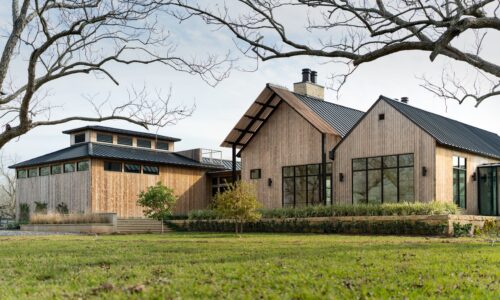The word “Teak” is synonymous with quality outdoor furniture, decking, and prestigious yachts. But as anyone who’s purchased Teak knows, that quality comes at a cost.
The Basic Law of Supply and Demand Dictates Much of This High Cost.
Teak is in high demand because of its properties. It is durable; water-, pest- and rot-resistant; has only minor shrinkage; doesn’t corrode with steel; and very importantly, has a beautiful look, naturally weathering to a silvery-gray tone.
Teak (Tectona grandis) comes from Myanmar (formerly Burma), a country of 51 million people in Southeast Asia, bordering Bangladesh, India, China, Laos, and Thailand. Myanmar’s forests contain half of the world’s naturally occurring teak. Teak has also been cultivated in other parts of Southeast Asia, but this plantation Teak is generally viewed as inferior to indigenous Burmese Teak.
Several changes in Myanmar have contributed to an increased cost of Teak. For instance, the increase in government regulations have led to a decline in logging. While these measures exist to preserve the ecology of the country, they have caused the price to increase.
There is Simply Less Teak Available.
Formerly, companies were able to legally export logs, which has now been banned in favor of exporting only processed lumber. Paying more for a more processed product has led to an increased cost. It’s also difficult to obtain teak logs from the forest. OHC’s Teak is logged using ancient, traditional methods which are less disruptive to the forest than a skidder..
Another factor affecting the cost of Teak is civil unrest in Myanmar. Unfortunately Myanmar has had one of the longest-running civil wars in history. This unrest made it difficult and costly to do business there. While the dictatorship officially ended in 2011, many current political players are former military officers. Even so, the political situation has improved since 2011.
OHC’s Teak is 100% responsibly harvested and our partners in Myanmar participate in reforestation. However, the cost of Teak isn’t going to decrease any time in the near future.
Its limited supply, logging restrictions, and highly desirable quality are reflected in the price, but thankfully that high price is attached to an excellent, long-lasting product.






